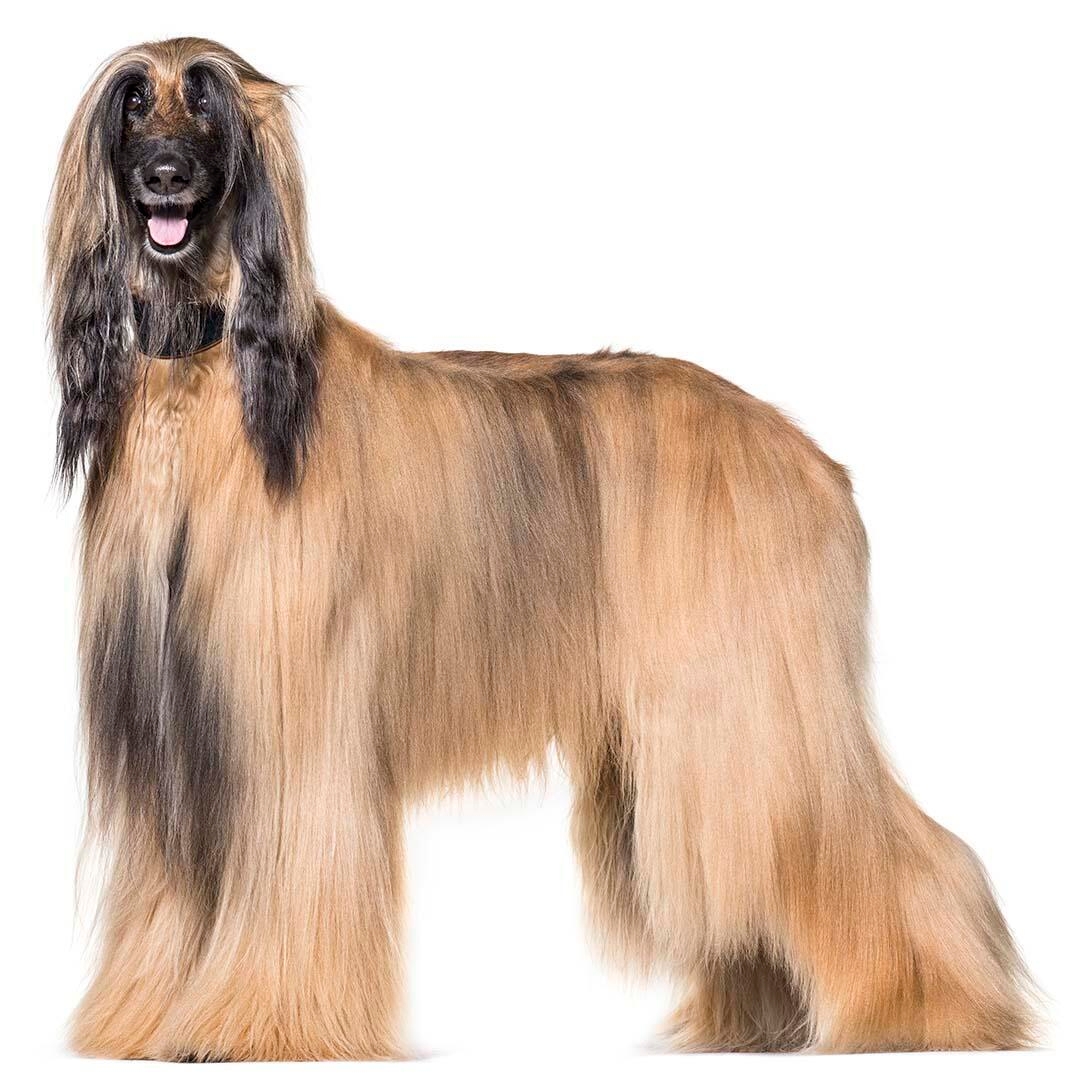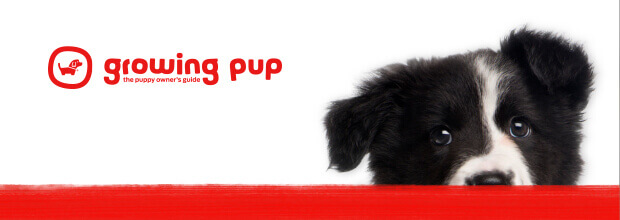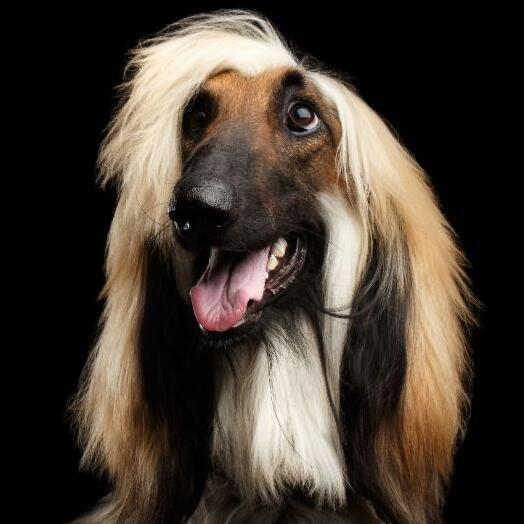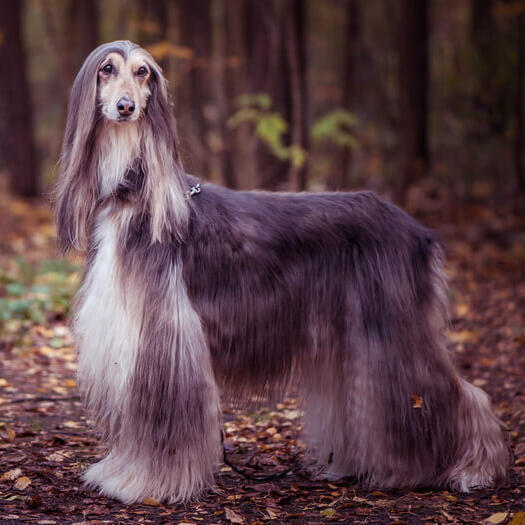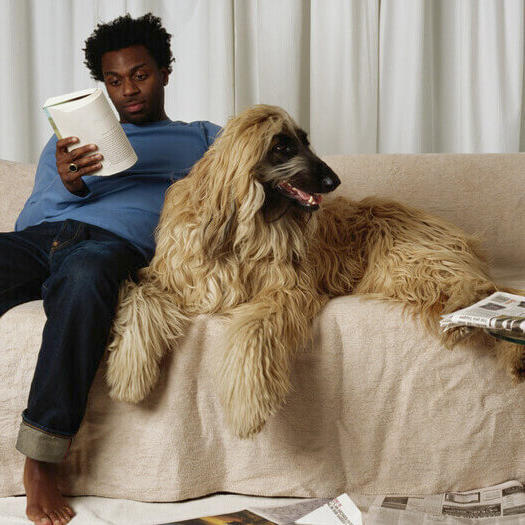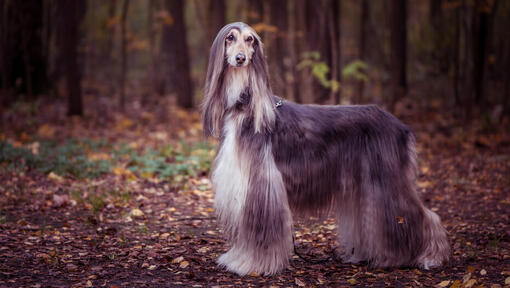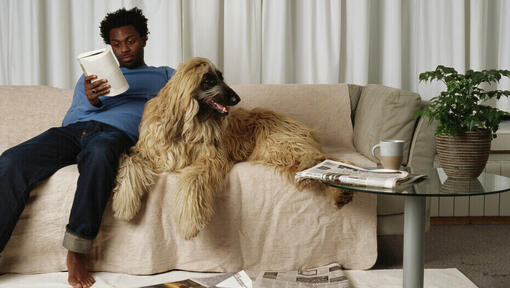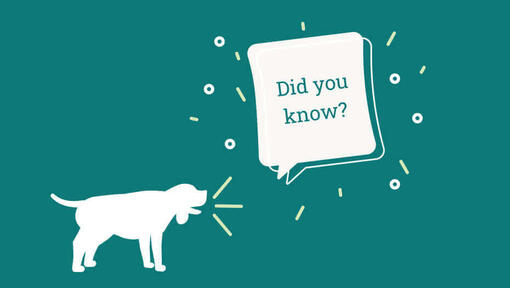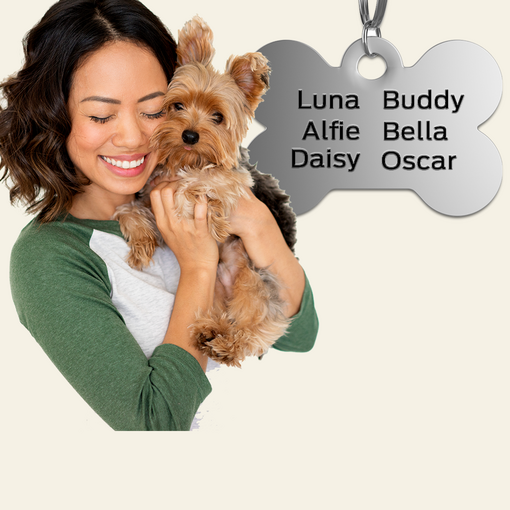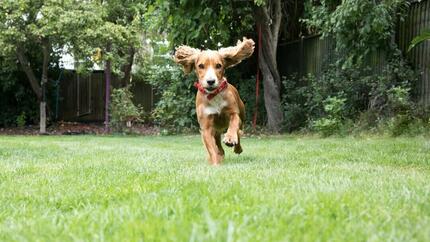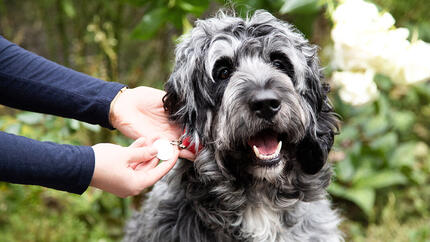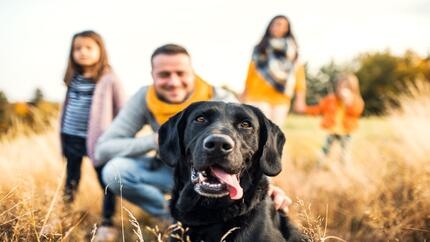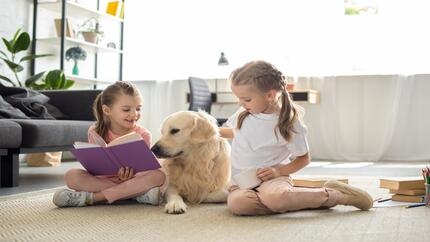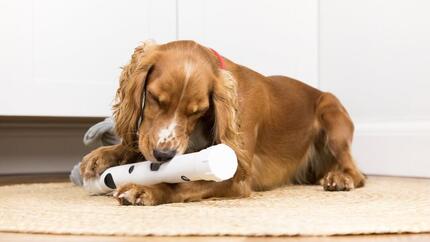History and Origins
Country of Origin: Afghanistan
Possibly the most glamourous of the sighthounds, the Afghan is probably a descendant of the Saluki brought to Afghanistan from Persia. As the climate in Afghanistan can be punishing - especially in the mountains, the dogs developed a longer coat as protection as they worked pursuing a variety of prey of all sizes including hare, gazelles, wolves and even snow leopards.
The dogs were highly prized by the Afghan nomads who would gather together every year for a festival to celebrate their dogs and would dress them with traditional necklaces and flowers.
The earliest Afghans appeared in the UK in the 1920s but thanks to their glamorous appearance, they soon became extremely popular.
